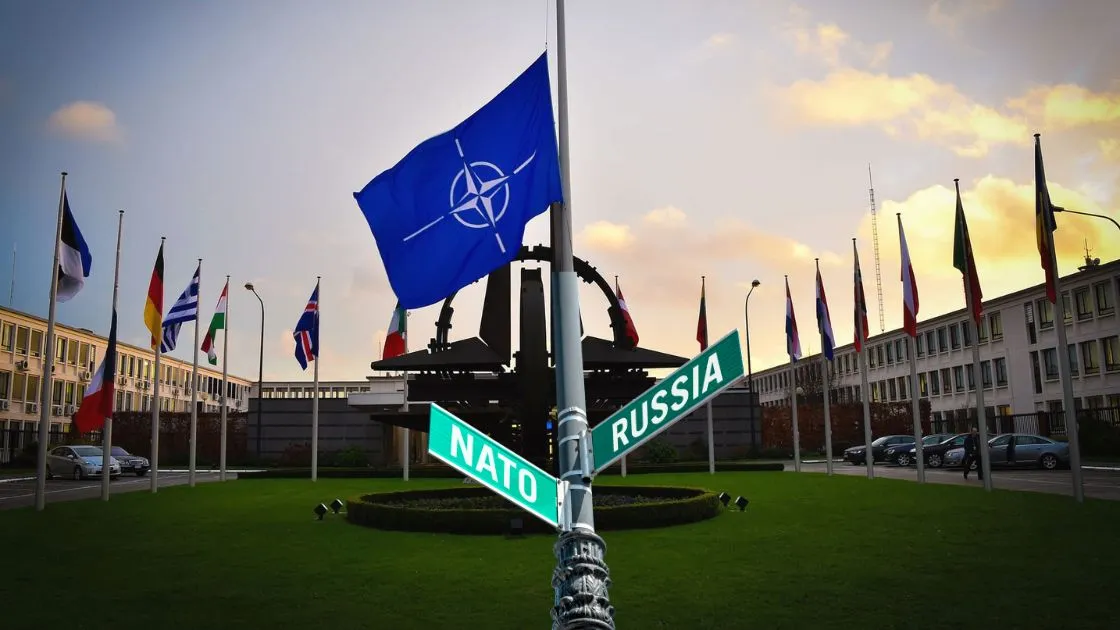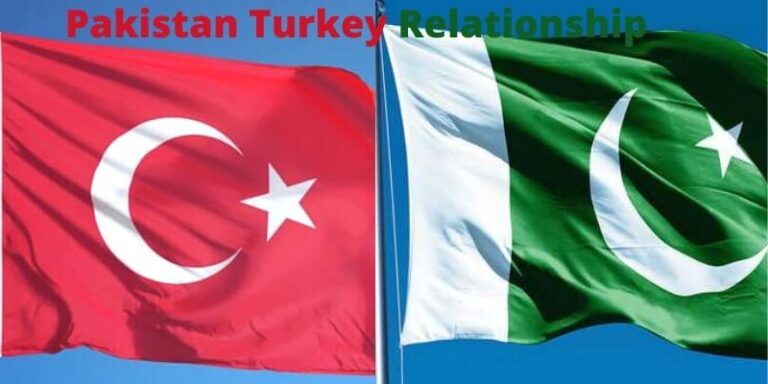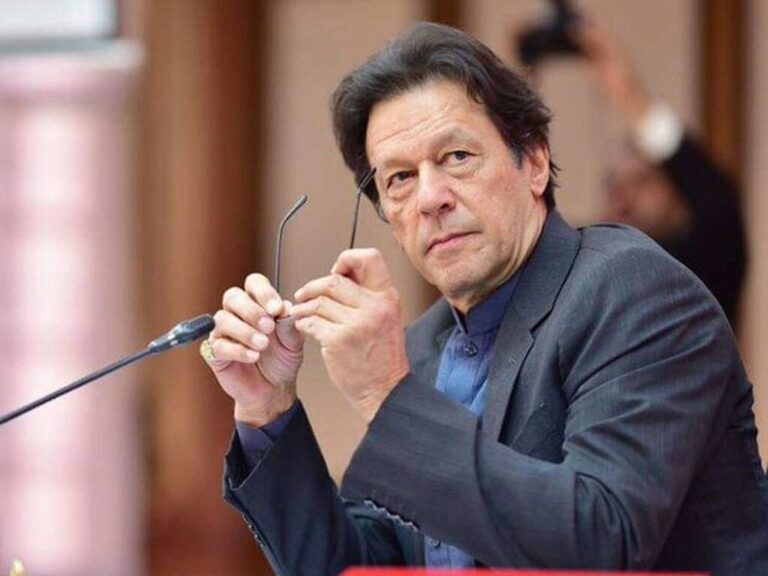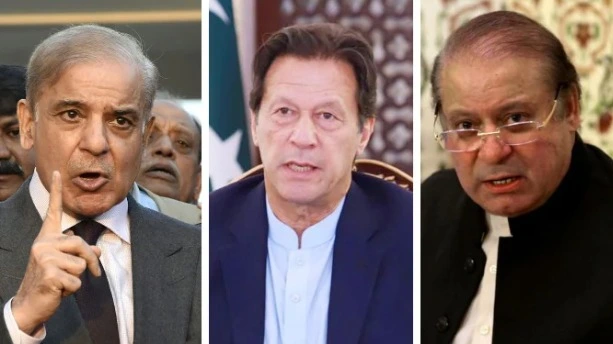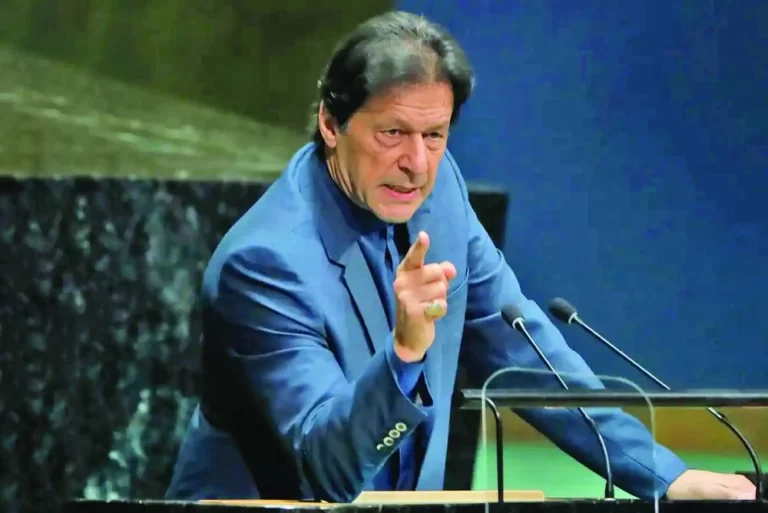Do Russian threats strengthen NATO’s position in the West?
Zeeshan Javaid
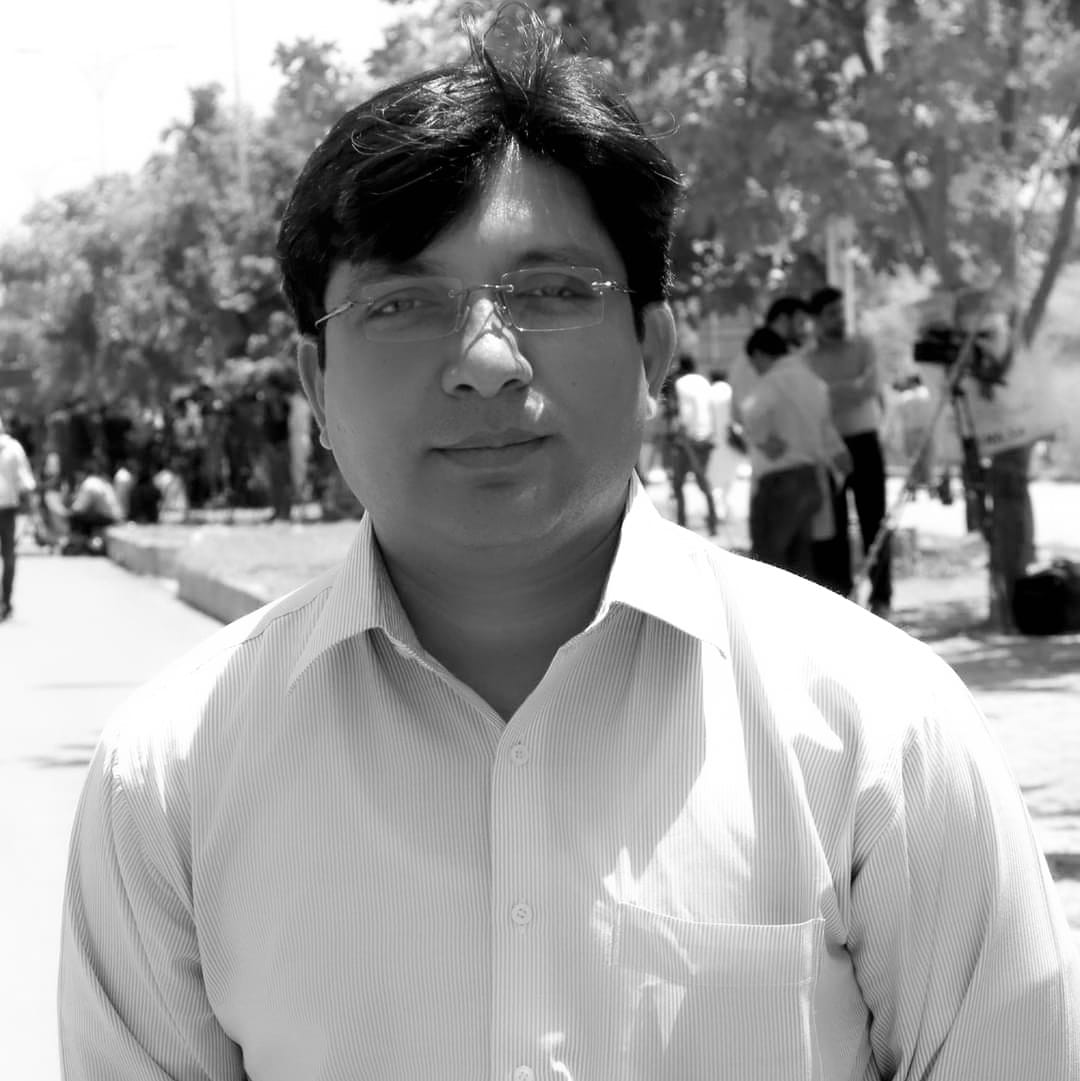
Zeeshan Javaid is a US-based Pakistani journalist. He writes on issues related to foreign affairs, cross-border conflicts, terrorism, and extremism. He can be reached at [email protected]
New York: The contention between NATO (North Atlantic Treaty Organization) and Russia, which has spanned 73 years, is now heading in a new direction. Originally formed with 12 countries, NATO has now expanded to include 31 countries, posing a challenge to Russia.
In a statement, the US incumbent president Joe Biden proudly stated that Russian President Vladimir Putin aimed for the Finlandization of Europe, but now NATOization of Europe is in progress.
NATO-ization refers to the process of engaging a large number of European countries in the NATO military alliance. The process of NATO-ization began during the Cold War period following World War II.
Throughout the Second World War, Soviet Russia occupied Eastern European countries, the Baltic states, and even the Eastern part of Germany.Russia backs Pakistan’s bid to join BRICS
During the Cold War, Soviet Russia had set up communist governments in several occupied European countries, such as East Germany, leading to a significant rivalry with the United States of America. Due to the United States’ shift towards capitalism.
In 1948, Soviet Russia blocked off West Berlin and prevented the supply of essential goods like food and medicine. The allied powers, including the United States and the United Kingdom, promptly took action and used air routes to guarantee the supply of food, medicine, and other essential services to West Berlin.
In April 1949, ten European countries, including West Germany, with the support of the United States of America and Canada, formed an alliance known as NATO (North Atlantic Treaty Organization).
As European countries, supported by the United States and Canada, were forming the NATO alliance, Finland signed an agreement with Soviet Russia on April 6, 1948, to ensure its own defense.
According to the agreement, Soviet Russia promised Finland not to attack it, and in exchange, Finland agreed not to let another country to use its soil against Russia. After the agreement, Finland began engaging Soviet Russia regarding its internal and foreign issues to maintain peace between both countries. Subsequently, this accord was referred to as Finlandization.
During the Cold War era following World War II, Finlandization did not extend to any other country, initially, 10 European countries joined NATO, while several countries did not join any military alliance or enter into a Finlandization agreement. Switzerland and Sweden were also among the countries included.
Sweden has not been engaged in any war for the past 230 years. Sweden engaged in only two wars in the past two centuries, one in 1809 and the other in 1814. During the 1809 war, Sweden was defeated by Soviet Russia and ceded Finland, which was part of Sweden at the time, to Russia. In 1817, following the Russian Revolution, Finland gained independence from Soviet control and became a sovereign nation.
In 1814, Sweden engaged in a war when they beat Denmark and seized Norway, marking the second conflict of its kind in the past two centuries. Norway was part of Sweden for an extended period until it quietly earned independence in 1905 without any conflict. Sweden has stayed neutral for over two hundred years even during both the First and Second World Wars, Sweden remained neutral and did not join any military adventure.
The Cold War has ended for the past 31 years. In 1991, the Soviet Union dissolved into 15 separate countries. Currently, Russia has seen a significant revolution and is no longer a superpower losing influence over almost all Eastern European and Central Asian nations.
NATO, established in 1949 with the original support of 12 countries including the United States and Canada, has evolved into a powerful alliance including over 31 countries. Now just seven or eight European countries remain on the globe that have not joined yet the NATO alliance.
Why does the rivalry between NATO and Russia persist despite the end of the Cold War in 1991?
European countries are actually concerned about the potential resurgence of Russia’s military capabilities. Russian president Vladimir Putin is consistently making efforts to regain superpower status.
Under Putin’s leadership, Russia launched military attacks on Chechnya in 1999 and 2000, Georgia in 2008, and initiated conflict in Crimea, Ukraine in 2014.
Russia has been consistently meddling in the internal affairs of several regions in Eastern European countries and Baltic nations where ethnic Russians have been living for the past few decades. For instance, the Russian cyber assaults on Estonia in 2007.
The Baltic countries and many parts of Eastern and Western Europe are concerned about Russia’s military strength. They fear that if Russia becomes a superpower, it may attempt to occupy Eastern European countries and the Baltic states as it has done in the past.
Russia is concerned about the United States since the US military is stationed in some Eastern European countries and Baltic states close to Russia’s western border.
We can say that the western border of Russia is within the sights of the United States.
Despite some good results, Russia found itself in hot water after its military intervention in Ukraine, which it had begun to do to exert influence over the United States. As a result, the Finlandization deal has ended and the NATO process is moving forward quickly.
In the early days of 2022, before Russia-Ukraine had even begun, a message attributed to French President Emanuel Macron circulated. The president of France allegedly made the statement during his visit to Russia that the possibility of Finlandization of Ukraine is being considered because of the tensions between Russia and Ukraine.
A discussion ensued after the associated purported statement of the French president, even though the president denied making this statement.
Russia launched an invasion of Ukraine, therefore ending the option of Finlandization. Finland, a neighboring country, was also caught aback by the action made by Russian President Vladimir Putin.
Finland was worried that it would get into a confrontation with Russia in the future if Russia attacked Ukraine to defend its borders.
Finland and Sweden officially applied to join NATO as allies on May 18, 2022. On June 29, 2022, during the NATO Summit in Madrid, Allied Leaders decided to extend an invitation to both nations to join NATO.
On July 4, Finland and Sweden concluded their accession talks at NATO Headquarters in Brussels, reiterating their readiness and capacity to fulfill the political, legal, and military duties and commitments associated with NATO membership. After both nations’ Allies signed their Accession Protocols on July 5, they were officially invited to join NATO meetings in that capacity.
All NATO Allies ratified the Accession Protocol with Finland in accordance with their own national procedures during the subsequent months. On April 4, 2023, Finland became the 31st member of NATO after depositing its Instrument of Accession to the North Atlantic Treaty.
The Accession Protocol describes this. It is imperative that all Member States ratify the Accession Protocol. The United States government, acting as the treaty’s depositary, is notified after this has been completed. Once all member states have deposited their accession instruments with the US government, an invited country can join NATO.
After submitting its formal application to NATO two years ago, Sweden’s membership is now contingent upon the formal ratification of its request to join the military alliance by one country—Viktor Orbán’s Hungary.
There has been growing pressure on the Hungarian government to ratify Sweden’s membership after more than 18 months of postponement, which has strained relations with Stockholm and angered its allies.
The other 31 member states of NATO have all voiced their approval of Sweden’s admission, and many have wondered why Hungary has been so obstinate.
A precedent could be found in Hungary’s use of its vote on Sweden’s NATO entry to negotiate a bargain on the procurement of military equipment. After ratifying Sweden’s candidacy in January, Turkey made permission for the sale of F-16 fighter planes from the US reliant on its support for Stockholm’s membership.
In its annual danger assessment study, the Swedish Security Service warned that the country is in a precarious international position, with Russia and other foreign countries posing increasing threats just as Sweden is entering a crucial phase of its NATO admission process.
According to the Swedish Security Service, the country’s security posture is quite precarious, with the intelligence threat from countries like Russia, China, and Iran continuing to be high and even worsening since last year’s report.


